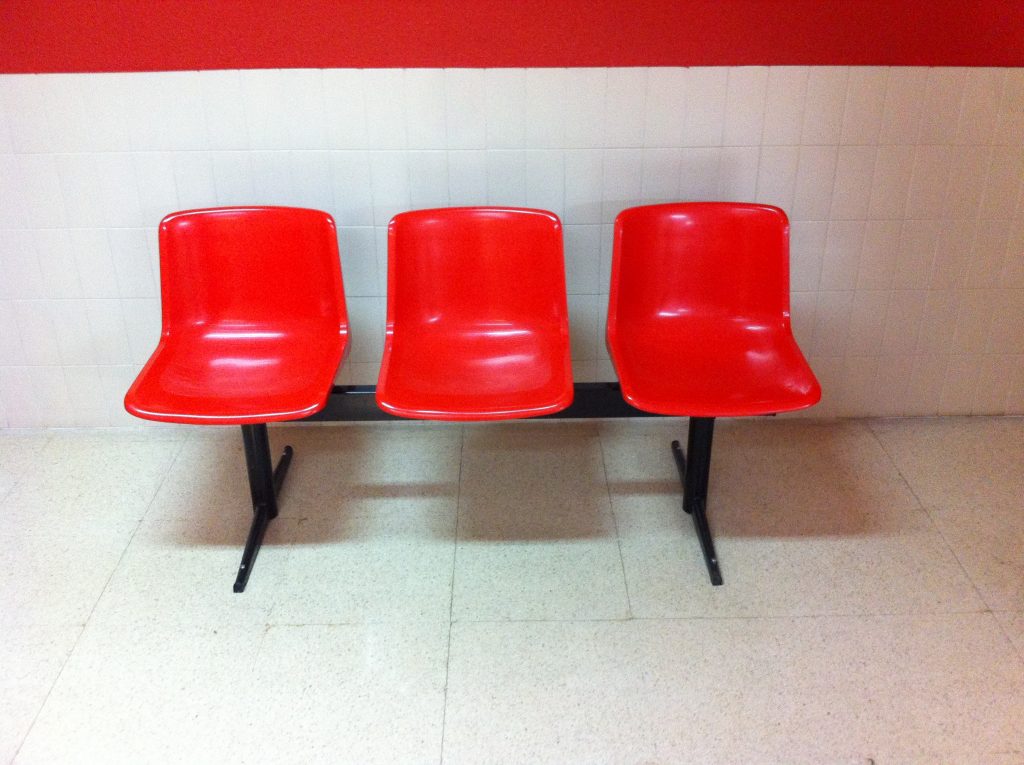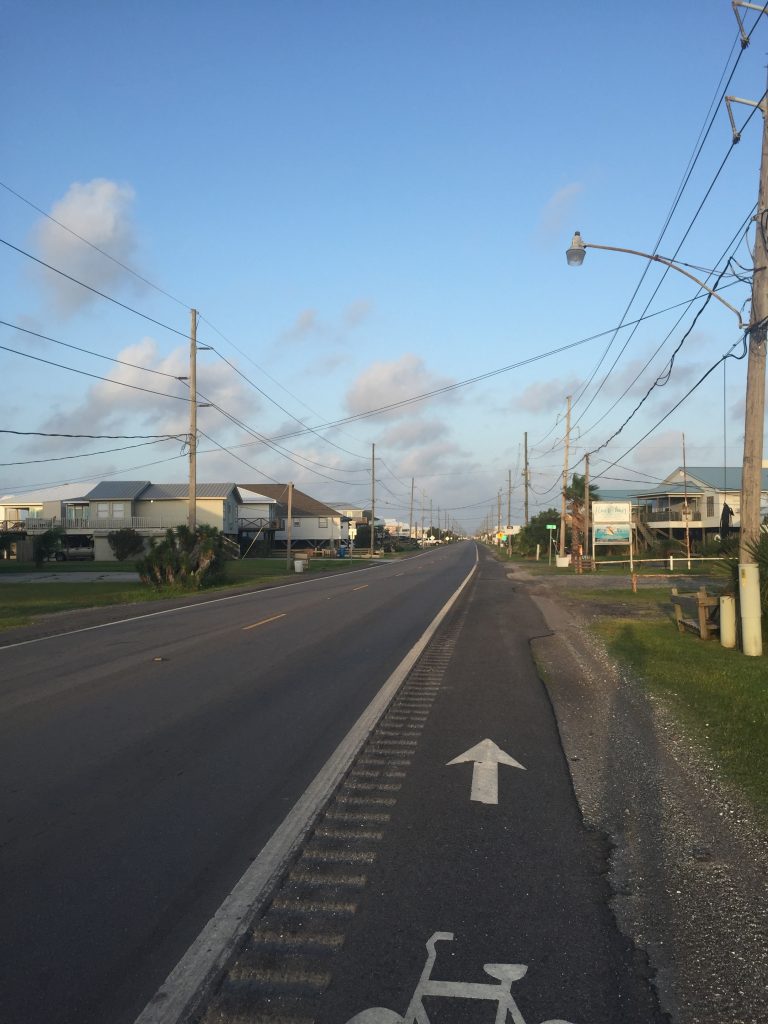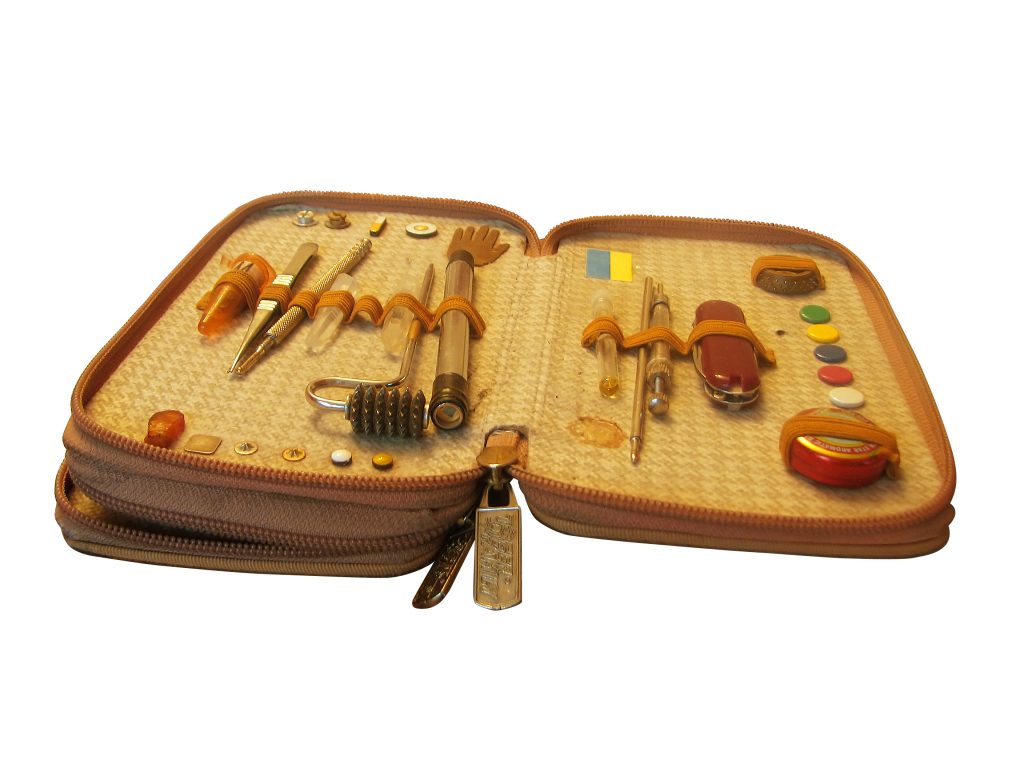 It seems an insurance company’s first response to a claim is to deny the claim. The Louisiana Workers’ Compensation Corporation (“LWCC”) is no exception. The following case out of Loreauville Louisiana demonstrates the arguments that can be made and standards to assess whether an injured employee is due LWCC’s benefits or benefits as a longshoreman.
It seems an insurance company’s first response to a claim is to deny the claim. The Louisiana Workers’ Compensation Corporation (“LWCC”) is no exception. The following case out of Loreauville Louisiana demonstrates the arguments that can be made and standards to assess whether an injured employee is due LWCC’s benefits or benefits as a longshoreman.
Luis Hernandez was working on the Bayou Teche in Loreauville when he suffered an injury while cutting timber. Mr. Hernandez was hired to build a boat ramp into the Bayou Teche. He was injured while working in a grassy area between thirty and one hundred feet away from the boat ramp. Mr. Hernandez filed a claim for compensation with the Office of Workers’ Compensation in 2014 after receiving his injuries. He was employed by UNO Enterprises, LLC and Louisiana Workers’ Compensation Corporation was UNO’s workers’ compensation carrier. LWCC denied coverage of the claim asserting that Mr. Hernandez was a longshoreman under the Federal Longshoreman & Harbor Workers’ Compensation Act (“LHWCA”) found in the United States Code in Title 33. Therefore, the LWCC reasoned that their policy did not provide for coverage for Mr. Hernandez but rather the LHWCA applied.
Good lawyers know to challenge an insurance company’s claim denial, which is what Mr. Hernandez’s attorney did in this case. After a lower court decision an appeal was filed and the Louisiana Third Court of Appeals received the case to utltimately decide whether the LHWCA did apply and thus whether LWCC would be required to provide workers’ compensation coverage to Mr. Hernandez.
 Louisiana Personal Injury Lawyer Blog
Louisiana Personal Injury Lawyer Blog


 When one is injured by the actions of another, it is hard to consider all of the moving parts inside and outside of a lawsuit designed to make the injured person whole again. Past medical bills after an accident may come back to haunt someone who has been injured after they have won their personal injury lawsuit.
When one is injured by the actions of another, it is hard to consider all of the moving parts inside and outside of a lawsuit designed to make the injured person whole again. Past medical bills after an accident may come back to haunt someone who has been injured after they have won their personal injury lawsuit. With all of the advances in the field of medicine these days most people would probably think that a surgery to remove a person’s gallbladder would be considered fairly routine. However, when it comes to surgery, nothing can be taken for granted. A Louisiana resident, Richard Logan, and his doctor found this out the hard way during a surgery that was performed in August of 2010. That was when Mr. Logan underwent surgery to have his gallbladder removed, but the surgery was anything but routine.
With all of the advances in the field of medicine these days most people would probably think that a surgery to remove a person’s gallbladder would be considered fairly routine. However, when it comes to surgery, nothing can be taken for granted. A Louisiana resident, Richard Logan, and his doctor found this out the hard way during a surgery that was performed in August of 2010. That was when Mr. Logan underwent surgery to have his gallbladder removed, but the surgery was anything but routine. People trust doctors and hospitals to take care of their health issues.
People trust doctors and hospitals to take care of their health issues. Plaintiff Richard Reynolds sustained injuries in a multi-vehicle accident on March 15, 2008, in St. Tammany Parish. Reynolds alleged, amongst other counts, that his insurer, Automobile Club Inter-Insurance Exchange (ACE) and Insurance Auto Auctions Corporation (IA) failed to preserve Reynolds’ vehicle for inspection purposes to determine whether any defects existed, despite being put on notice of the need for preservation. ACE and IA defended themselves by stating there was “no cause of action” for what Reynolds was attempting to sue for, and the Supreme Court of Louisiana granted certiorari, or an order to review the decision of the lower court, to definitively rule on the viability of negligent spoliation of evidence as a cause of action in Louisiana.
Plaintiff Richard Reynolds sustained injuries in a multi-vehicle accident on March 15, 2008, in St. Tammany Parish. Reynolds alleged, amongst other counts, that his insurer, Automobile Club Inter-Insurance Exchange (ACE) and Insurance Auto Auctions Corporation (IA) failed to preserve Reynolds’ vehicle for inspection purposes to determine whether any defects existed, despite being put on notice of the need for preservation. ACE and IA defended themselves by stating there was “no cause of action” for what Reynolds was attempting to sue for, and the Supreme Court of Louisiana granted certiorari, or an order to review the decision of the lower court, to definitively rule on the viability of negligent spoliation of evidence as a cause of action in Louisiana. 
 Karen and Joe LeBlanc brought a medical malpractice action against Dr. Rezaul Islam. A medical malpractice claim is a specific type of negligence claim in which the plaintiff alleges that a doctor or medical professional failed to act with the level of care they are duty-bound to provide, and that the plaintiff was harmed by the failure.
Karen and Joe LeBlanc brought a medical malpractice action against Dr. Rezaul Islam. A medical malpractice claim is a specific type of negligence claim in which the plaintiff alleges that a doctor or medical professional failed to act with the level of care they are duty-bound to provide, and that the plaintiff was harmed by the failure. In Louisiana as in other U.S. states, the doctrine of res judicata – literally “a matter judged” – prevents parties from re-litigating a matter once it has been adjudicated on the merits by a competent tribunal. This prevents prolonged litigation of cases which have been purportedly concluded, thus avoiding an unnecessary waste of time and money. Although for res judicata to apply a judgment must be “final” and adjudged “on the merits,” a settlement agreement in Louisiana is res judicata between the parties and is accorded the same effect as a final judgment. (See Louisiana Workers’ Comp. Corp. v. Betz, 792 So.2d 763, 766 (La. Ct. App. 2001)). In other words, the signing of a settlement agreement can preclude parties from litigating matters specified as settled in the settlement. It goes without saying that parties should be cautious when signing settlement agreements. Illustrative is a case from the Louisiana First Circuit Court of Appeal.
In Louisiana as in other U.S. states, the doctrine of res judicata – literally “a matter judged” – prevents parties from re-litigating a matter once it has been adjudicated on the merits by a competent tribunal. This prevents prolonged litigation of cases which have been purportedly concluded, thus avoiding an unnecessary waste of time and money. Although for res judicata to apply a judgment must be “final” and adjudged “on the merits,” a settlement agreement in Louisiana is res judicata between the parties and is accorded the same effect as a final judgment. (See Louisiana Workers’ Comp. Corp. v. Betz, 792 So.2d 763, 766 (La. Ct. App. 2001)). In other words, the signing of a settlement agreement can preclude parties from litigating matters specified as settled in the settlement. It goes without saying that parties should be cautious when signing settlement agreements. Illustrative is a case from the Louisiana First Circuit Court of Appeal. In Louisiana the owners of motor vehicles are required by law to maintain a minimum amount of insurance in case of a collision. That’s the law and there is no getting around it. The rational behind it is simple, if you crash your car into someone else there needs to be at least a minimum amount that can be recovered by the other person. The consequences of not following that law is a bar from recovering the first $15,000 for your injuries and the first $25,000 of any property damage that you incur if you are in a wreck and it’s not your fault. Those penalties are harsh, but what happens if you fail to maintain insurance and you still have a note on your vehicle? Is the note holder left out in the cold for that first $25,000 to repair the car as well? The following case out of Baton Rouge Louisiana demonstrates what happens in those circumstances.
In Louisiana the owners of motor vehicles are required by law to maintain a minimum amount of insurance in case of a collision. That’s the law and there is no getting around it. The rational behind it is simple, if you crash your car into someone else there needs to be at least a minimum amount that can be recovered by the other person. The consequences of not following that law is a bar from recovering the first $15,000 for your injuries and the first $25,000 of any property damage that you incur if you are in a wreck and it’s not your fault. Those penalties are harsh, but what happens if you fail to maintain insurance and you still have a note on your vehicle? Is the note holder left out in the cold for that first $25,000 to repair the car as well? The following case out of Baton Rouge Louisiana demonstrates what happens in those circumstances. Louisiana worker’s compensation laws allow for injuries to only be charged at the usual cost for treatment. When a worker suffers an injury on the job the amount a hospital receives to pay for treatment may not always cover the cost of the treatment, but the hospital may not be able to recover for these losses.
Louisiana worker’s compensation laws allow for injuries to only be charged at the usual cost for treatment. When a worker suffers an injury on the job the amount a hospital receives to pay for treatment may not always cover the cost of the treatment, but the hospital may not be able to recover for these losses.